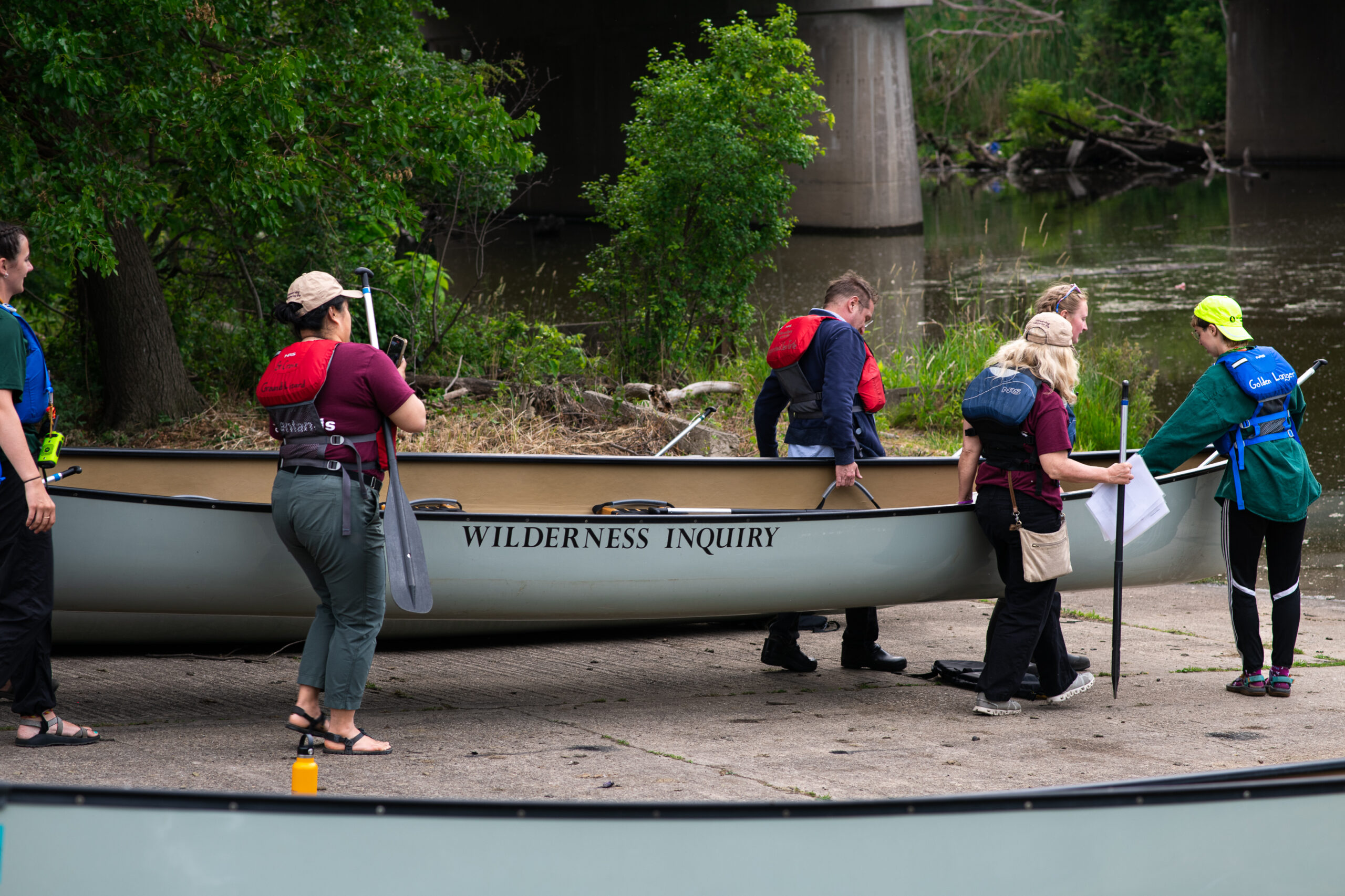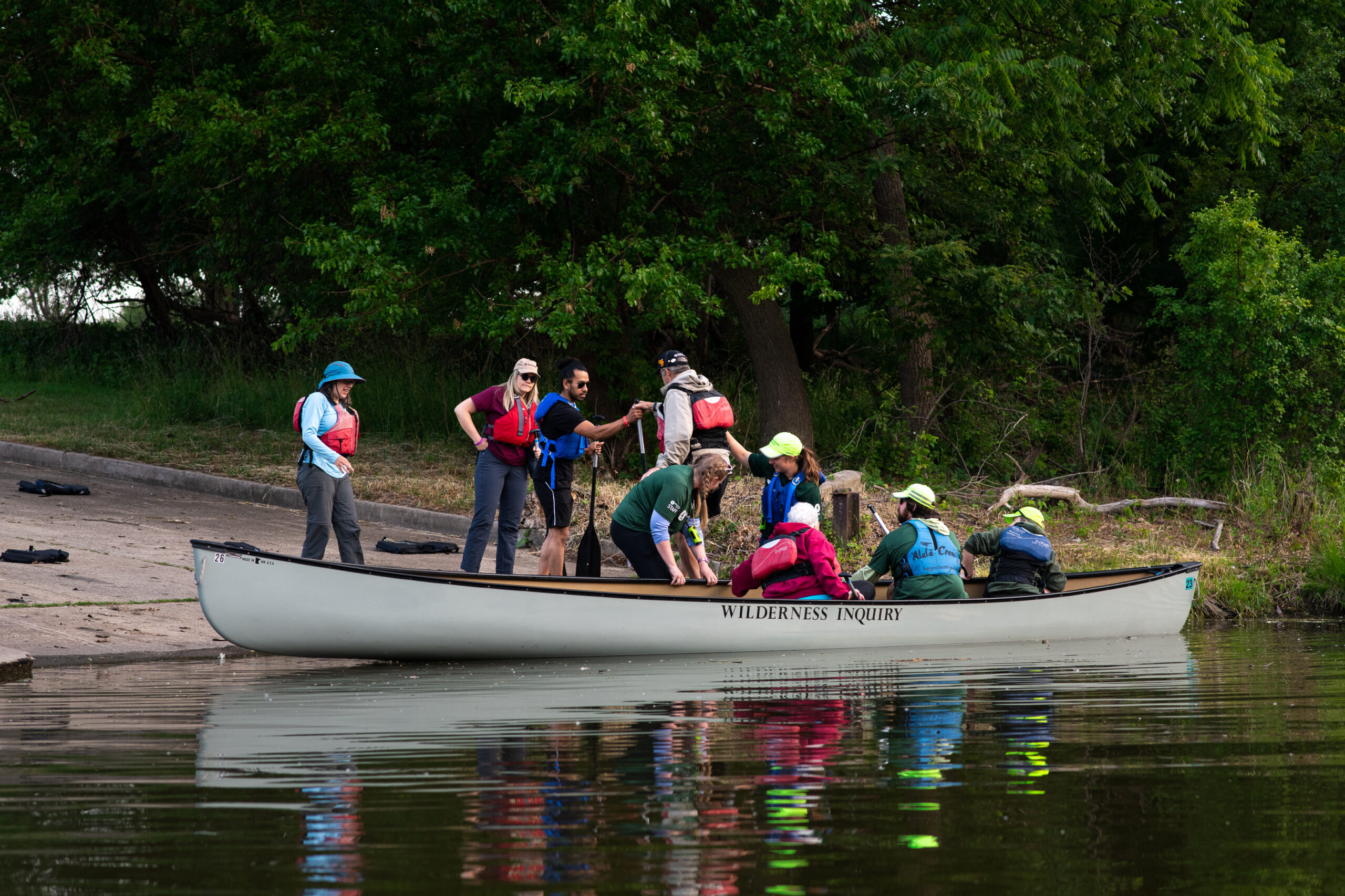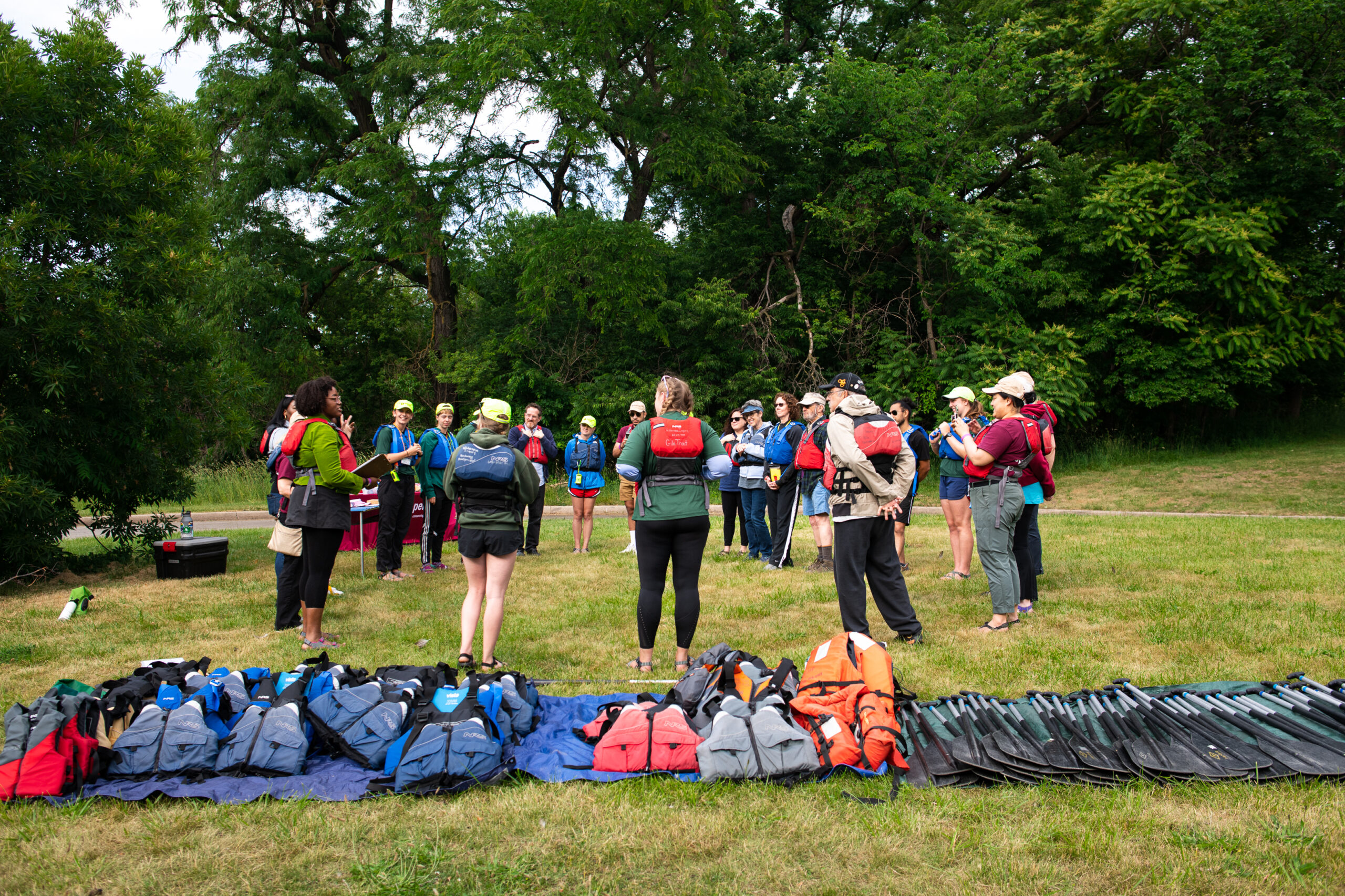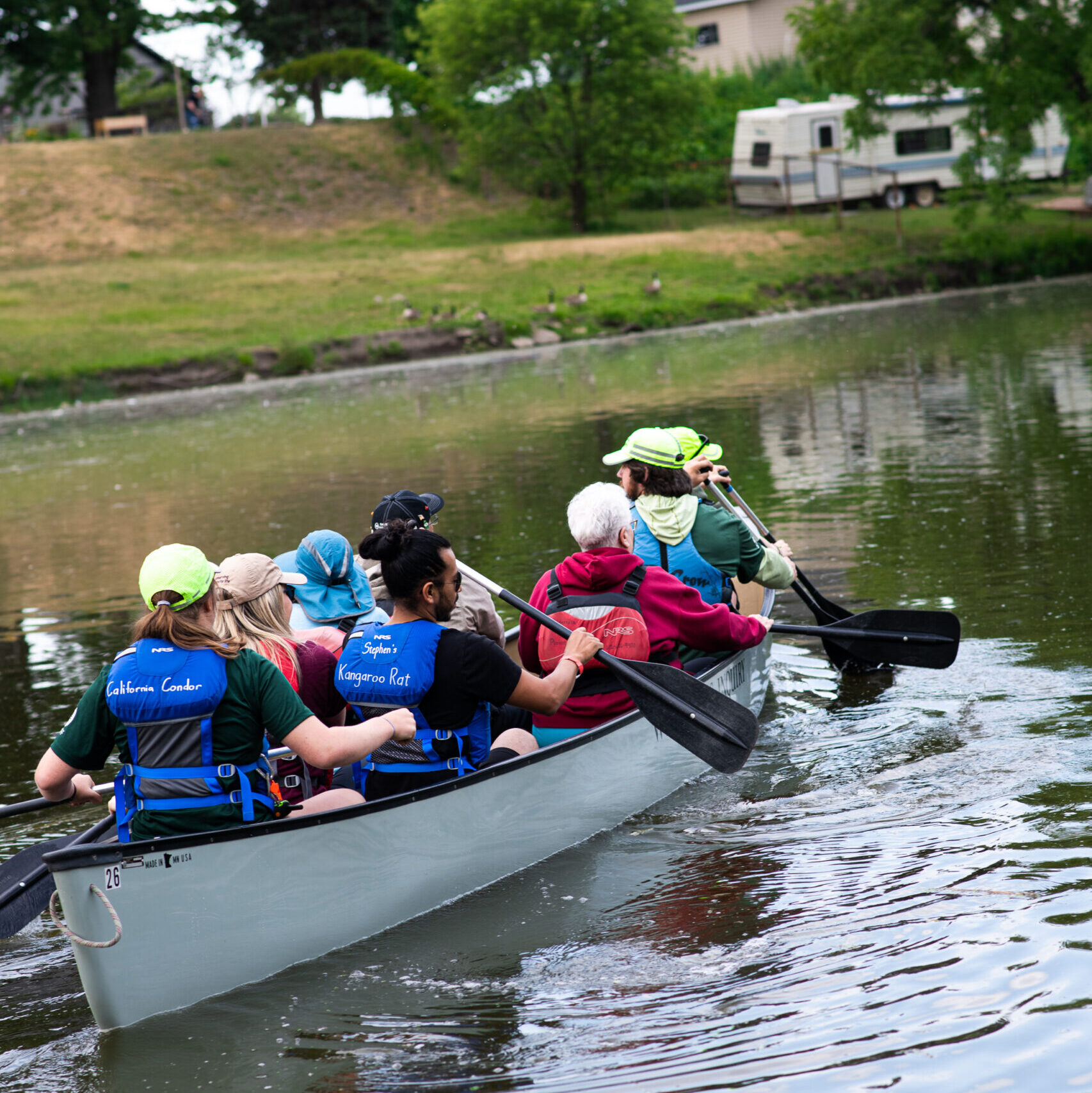Getting Started
To embark on your paddling adventure, gather essential gear: a suitable canoe or kayak, a paddle, and a personal flotation device (PFD). Many outfitters offer rental options for those who are not ready to invest in their own gear. Dress appropriately for the weather in quick-drying, non-cotton clothing and layer accordingly. Bring a refillable water bottle for hydration, and protect yourself from the elements and bugs with a hat, sunscreen, UV protective clothing, and insect repellent. Safeguard personal items in a dry bag, and carry a whistle for signaling along with a compass for orientation. Always check the weather before departure to ensure a safe and enjoyable experience. For a listing of regional paddling outfitters, visit this page.

Tips for Beginners
For beginner paddlers, starting out with a guided experience is highly recommended. Guides provide invaluable knowledge about the local waterways, ensure safety, and offer instruction on paddling techniques. Paddling with a guide can help build confidence and skills, making the experience more enjoyable and less daunting. Beginners may benefit from boats like large canoes, offering stability and easing the learning curve in steering and paddling with guided assistance. Openlands’ partner, Wilderness Inquiry, uses 10-person canoes as floating classrooms for instruction. Another partner, Chicago Adventure Therapy, offers land-based training to acquaint first-timers with techniques and PFDs before hitting the water. Discover northeastern Illinois water trails here.

Hazards on the Water
Navigating water hazards demands awareness and caution. Dams and swift currents may pose significant risks. It’s important to identify and avoid marked and unmarked dams. Never paddle during floods or after heavy rains when conditions are unpredictable. Watch for strainers such as downed trees that can trap boats, and master boat control to maneuver safely. Share trip plans with others for added security, and always portage around dangerous areas to ensure a safe journey. Consider advancing your skills with specialized clinic on water safety, navigation, and whitewater paddling.

Combining Paddling with Other Activities
Paddling seamlessly integrates with diverse recreational activities such as birdwatching, nature photography, and fishing. Plan multi day paddling trips by incorporating camping or hiking. Participate in regional river cleanup events to contribute to environmental stewardship. Remember to adhere to leave no trace principles to minimize environmental impact. Enjoy your water adventures responsibly, ensuring our waterways remain pristine for the future.

Paddle Trail Disclaimer
Please always keep in mind that rivers and lakes are dynamic features and will vary over time. Conditions can change quickly. Paddling may have inherent risks and hazardous conditions can occur anywhere along the trails. You are solely responsible for your own safety.
The content of this page is provided as an information service only and does not represent a warranty of the condition or navigability of any paddle trail or associated facilities or amenities. Openlands is not responsible or liable for the condition or navigability of the water trails. The water trails on this site are not patrolled, inspected, or managed for passage. You are solely responsible for your personal safety and following all laws and regulations. You should only paddle trails that are appropriate to your skills. Do not paddle when water levels are too low to allow for passage or when water levels are high, currents are fast and/or rivers and streams are in flood stage; if in doubt, do not go on the water.
Do not trespass on private property. Access waterways and land your boat only at public access points or with the permission of the landowner. Any questions about public access to a waterway should be directed to the Illinois Department of Natural Resources (IDNR) (217-782-6302). See the action alert above to protect the right to recreate on streams and rivers in Illinois.
